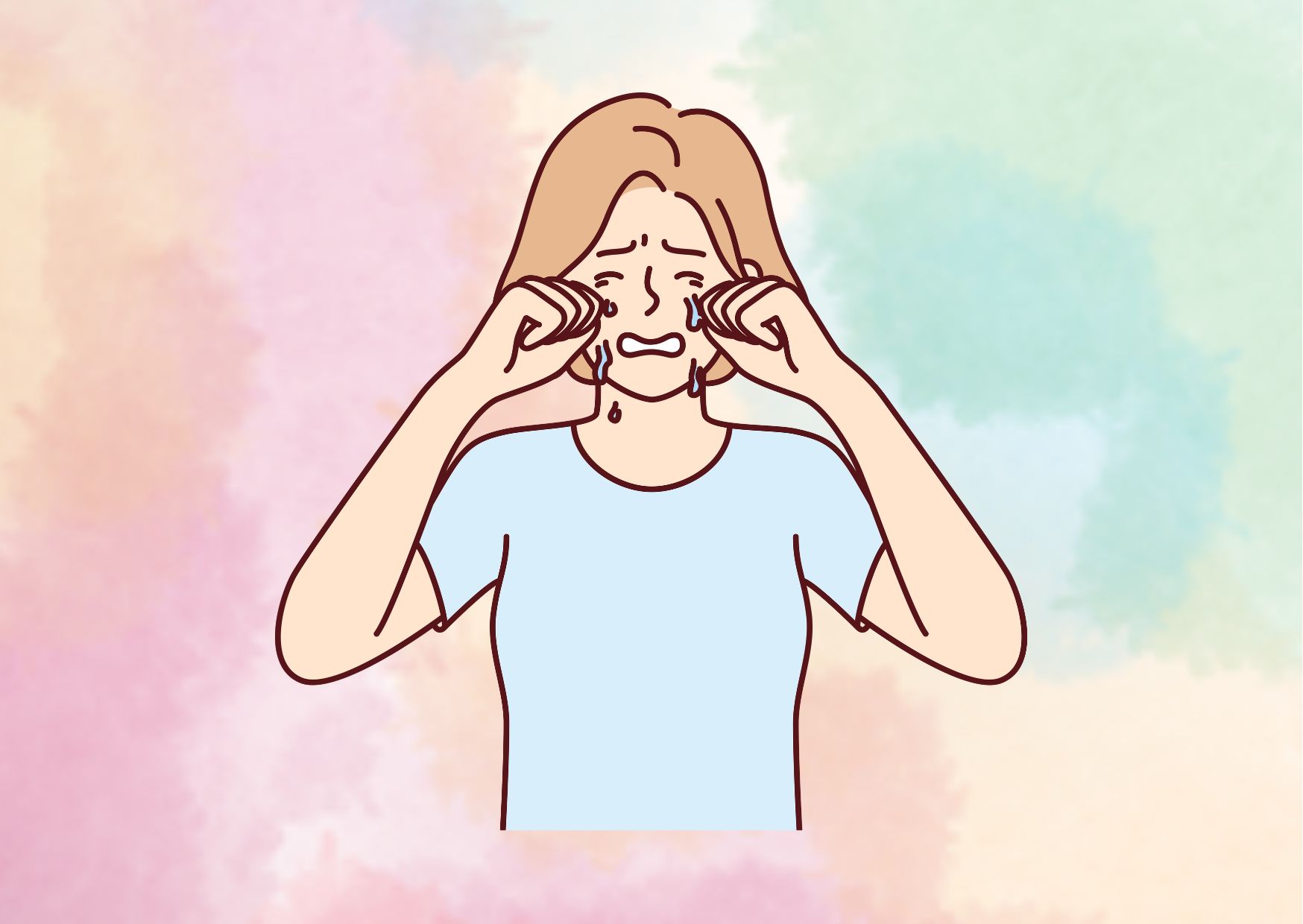Understanding Derealization Disorder: Symptoms, Causes, and Management Strategies
Derealization, a mental state characterized by a detached and unreal perception of one’s surroundings, is a distressing experience that can significantly disrupt daily life. People going through derealization often describe feeling like they are living in a dream or observing themselves from outside their body. This dissociative disorder, known as depersonalization-derealization disorder, causes a persistent or recurrent sense of detachment from reality, self, and environment.
While brief episodes of derealization are relatively common, with over 50% of individuals experiencing them at some point, around 2% of the population suffers from frequent and distressing bouts that warrant clinical intervention. This article delves into the definition, symptoms, potential causes, and various treatment approaches for managing derealization, shedding light on this often misunderstood and underdiagnosed condition.
Derealization Definition and Symptoms
What is Derealization Disorder?
Derealization is a mental health symptom characterized by a persistent or recurrent feeling of detachment from one’s surroundings and reality. People experiencing derealization often describe the world around them as unreal, dreamlike, or resembling a movie. It is a dissociative experience where the individual’s perception of their environment becomes distorted, leading to a sense of disconnection.
Key Symptoms of Derealization
- Feeling disconnected from reality:
- The world appears lifeless, muted, or fake, as if separated by a veil or glass wall.
- Surroundings seem artificial, lacking depth or meaningfulness.
- Altered perception of surroundings:
- Distortions in the perception of time, distance, and the size or shape of objects.
- Sounds may seem muffled or distorted.
- Emotional numbness:
- Feeling emotionally disconnected from loved ones or unable to experience emotions fully.
- A sense of emotional detachment or numbness towards the environment.
- Dreamlike state:
- The experience of being in a dream or fog, with a surreal or unreal quality to the surroundings.
- Recent events may feel like distant memories or vice versa.
- Intact reality testing:
- Despite the distorted perceptions, individuals with derealization disorder are aware that their experiences are not real and recognize that something is off.
It’s important to note that while derealization can be a standalone experience, it often co-occurs with depersonalization, a related dissociative symptom involving a detachment from one’s sense of self, body, or thoughts.
Derealization is distinct from depersonalization, although the two are often grouped together as depersonalization-derealization disorder. While derealization involves a distorted perception of the external world, depersonalization refers to a detachment from one’s internal experiences, such as thoughts, emotions, and bodily sensations.
Prevalence and Onset
Prevalence of Derealization Disorder
Derealization disorder, often occurring alongside depersonalization, is a relatively rare but potentially debilitating condition. According to research studies:
- The current prevalence rate of depersonalization-derealization syndrome is approximately 1% in the general population.
- Depersonalization episodes are more common, with about half of all Americans experiencing at least one or two episodes during their lifetime. However, the full-blown depersonalization-derealization disorder itself is much rarer, with an estimated prevalence of 2% of the population, though it is likely underdiagnosed.
- The prevalence of derealization disorder in a UK population-based birth cohort study was 0.95% (95% CI 0.56 to 1.34).
- Previous studies have found prevalence rates ranging from 0.5-2% in UK and US samples, up to 23.4% in a US telephone survey.
Onset and Age of Occurrence
The onset of derealization disorder typically occurs during specific life stages:
- The disorder typically starts before age 25, with 63.7% of patients having onset before age 25, 17.9% between ages 26 and 40, and 4.9% after age 40.
- Symptoms of depersonalization-derealization disorder usually begin showing in early childhood, with the average age of onset being 16 years old.
- Most diagnoses happen during adolescence, with only 5% of cases developing after the age of 25, and cases starting after age 40 being extremely rare.
- Those with earlier ages of onset tend to have more severe cases of the disorder.
- The typical onset of derealization disorder is reported to be in late adolescence or early adulthood.
Comorbidities and Associated Factors
Derealization disorder often co-occurs with other mental health conditions and is associated with certain risk factors:
- Derealization disorder has a very high comorbidity with depressive disorders (84.8% in the study).
- Derealization disorder patients have a higher comorbidity with anxiety disorders, while somatoform disorders and PTSD are more prevalent in the depression-only group.
- Derealization disorder is more common in people who experience trauma, such as violence, abuse, or other kinds of extreme stress.
- The only significant childhood risk factor identified was teacher-rated anxiety at age 13, which was a strong independent predictor of adult derealization disorder.
- A family history of anxiety disorders is more common in derealization disorder patients.
It’s important to note that while derealization can be a standalone experience, it often co-occurs with depersonalization, a related dissociative symptom involving a detachment from one’s sense of self, body, or thoughts.
Suggestion for read: How to Identify and Handle Emotional Damage
Potential Causes
The precise cause of derealization disorder is not well understood, but it is believed to arise from a combination of genetic, environmental, and trauma-related factors. Several potential causes and risk factors have been identified:
Traumatic Experiences
- Emotional abuse, neglect, or other severe trauma in childhood are common triggers for derealization disorder.
- Witnessing domestic violence, physical abuse, or the unexpected death of a loved one can also contribute to the development of the disorder.
- Traumatic events, such as accidents, natural disasters, or combat experiences, can increase the risk of derealization episodes.
Chronic Stress and Mental Health Conditions
- Prolonged exposure to high levels of stress can lead to derealization as a coping mechanism.
- Derealization often co-occurs with mental health disorders like depression, anxiety, and post-traumatic stress disorder (PTSD).
- Individuals with certain personality traits, such as high neuroticism or emotional instability, may be more susceptible to derealization.
Neurological and Physiological Factors
- Imprecise interoceptive predictions (the ability to perceive internal bodily signals) relative to predictions in other modalities may lead to over-integration of exteroceptive (external sensory) and proprioceptive (body position and movement) information, resulting in derealization and depersonalization.
- Derealization may represent an attempt to account for imprecise interoceptive predictions, potentially progressing to mixed derealization/depersonalization and eventually depersonalization as interoceptive prediction precision further declines.
- Certain medical conditions, such as seizures, dementia, or substance abuse, can also trigger derealization as a symptom.

